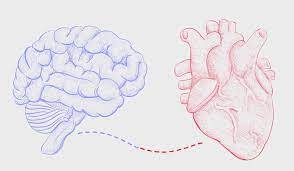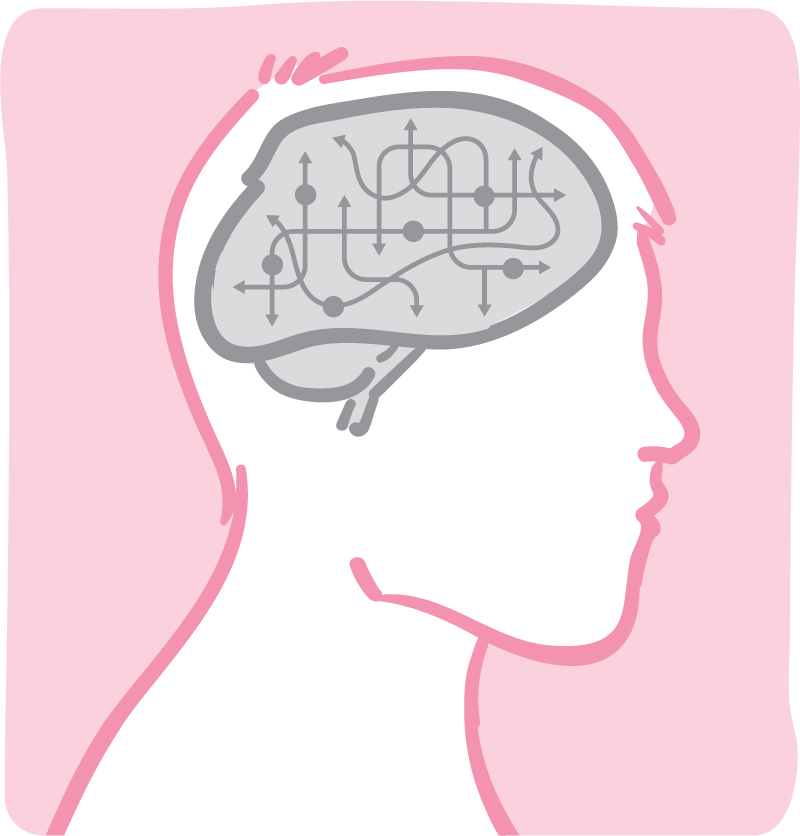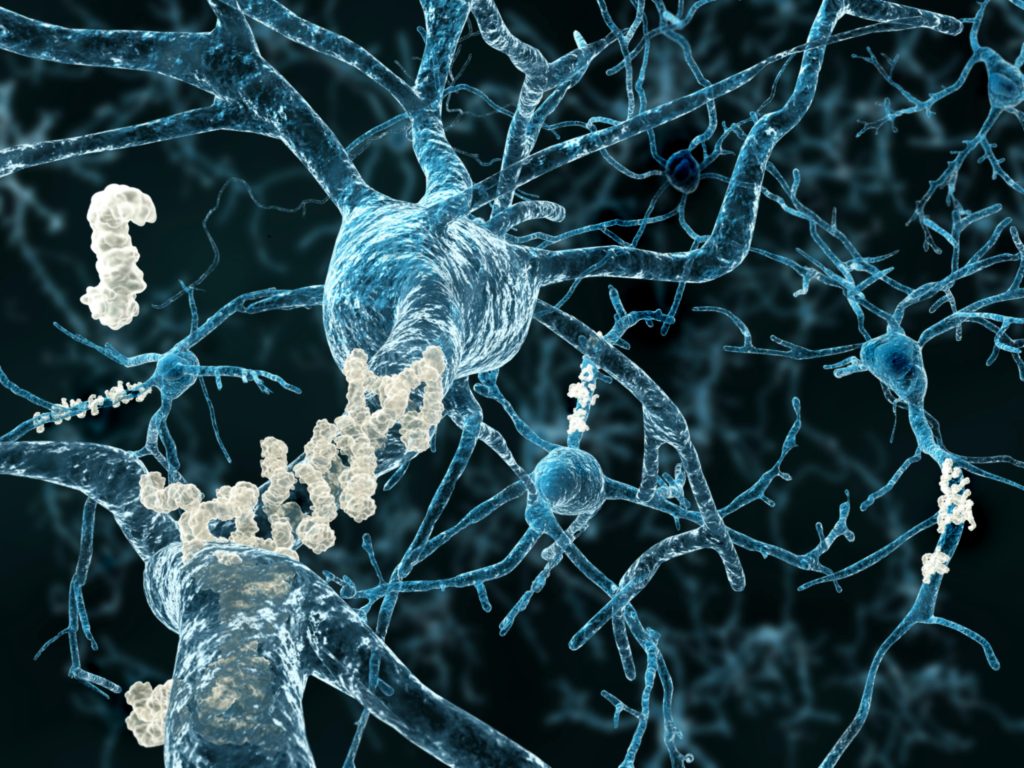Are Ketamine injections effective for resistant depression?
Participants in clinical trials with treatment-resistant depression got placebo or racemic ketamine injections twice weekly for a month.
With the use of ketamine, about one in five patients had all of their symptoms go, and nearly a third had at least a 50% improvement.
A total of six clinical mood disorder centers from Australia and one from New Zealand collaborated on the study.

More and more academics are investigating the use of psychedelics, a class of drugs that alter consciousness, as a potential depression cure. The drug ketamine, which has been used as an anesthetic for many years, is of particular interest to many.
A recent study comparing the effectiveness of racemic ketamine vs a placebo in easing the symptoms of treatment-resistant depression was published in the British Journal of Psychiatry.
Depression that does not improve after receiving two or more forms of treatment is referred to as treatment-resistant depression.
What variations of ketamine are there?
The commercially produced nasal spray Spravato (ketamine) was approved by the Food and Drug Administration (FDA) in 2019 for adults with treatment-resistant depression and for individuals with major depressive disorder who have acute suicidal ideation.
In the US, racemic ketamine is permitted for use as anaesthetic. In addition, doctors prescribe it “off-label”—that is, for a condition other than the one for which the FDA has given its approval—to treat depression.
Additionally less expensive than Spravato is racemic ketamine.
Participants in the current trial, which was directed by academics at the University of New South Wales Sydney (UNSW) and the associated Black Dog Institute, got injections of racemic ketamine or a placebo twice a week.
Largest clinical trial to date
According to Medical News Today, the trial’s principal investigator, Dr. Colleen Loo, a clinical psychiatrist and professor of psychiatry at UNSW, started examining ketamine’s effects on depression in 2011. She had previously researched how ketamine was used in anesthesia for electroconvulsive treatment (ECT).
She said that this research experiment, which compares racemic ketamine with placebo for treatment-resistant depression, is the largest of its kind.
Dr. Loo further emphasized that one-fourth of the subjects had previously undergone ECT treatment but had not shown improvement.
“ECT is a highly effective treatment for severe and treatment-resistant depression, so it means that these people had high-end treatment-resistant depression,” she argued.
Because it is extremely difficult to get any treatment to work once someone has received ECT and is still ill, this group is typically left out of the research. According to Dr. Colleen Loo, this study “provides evidence of the efficacy of ketamine, at least the racemic form, in treating depression with a high level of treatment resistance.”
Dr. Loo finds it significant that racemic ketamine injections were used in the trial rather than more costly and time-consuming infusions, demonstrating the efficacy of this less expensive option.
Study on ketamine for adult depression
The Ketamine for Adult Depression (KADS) research was a trial in which 184 patients with treatment-resistant depression participated. Six clinical mood disorder centres in Australia and one in New Zealand participated in the investigation.
Participants must have applied by April 2020, with the application period opening in August 2016.
Dr. Loo told that when the pandemic struck, researchers decided to stop recruiting new subjects for the trial. Originally, they had hoped to enroll more people.
Participants had a serious depressive disorder for at least three months and were 18 years of age or older. Furthermore, patients had to have received an inadequate response with at least two antidepressants.
Before beginning the trial, the participants had to have been taking the same dosage of their current antidepressant for at least four weeks. Additionally, they had to have a Montgomery-Sberg Rating Scale for Depression (MADRS) score of at least 20.
“Good safety profile” for injections of ketamine
Racemic ketamine or midazolam injections were given to participants at random. Midazolam is frequently used to assist patients unwind before surgery.
For four weeks, individuals received injections into their abdomen walls twice each week with at least three days in between each treatment.
According to Dr. Loo, the participants didn’t seem bothered by the abdominal injections.
“The injection used a very small needle to inject ketamine under the skin,” she claimed. “It can be done anywhere — arm, leg, abdomen — but we did it in the abdomen because there is usually more fat there under the skin, so it is more comfortable.”
Participants and researchers who administered the medication were unaware of who received racemic ketamine. Because midazolam also induces sleepiness, like ketamine, it was chosen as the placebo because it helped prevent participants from knowing which medication they would get.
Initially, a fixed dose of either 0.025 milligrammes per kilogramme of midazolam or 0.5 milligrammes per kilogramme of racemic ketamine was administered randomly to 73 subjects.
The authors of the study report that during a routine Data Safety Monitoring Board meeting, “a revisiting of drug dosage was recommended as no participants in the entire masked sample had remitted and the safety profile was good,”
As a result, the dosage was altered, and 108 individuals were randomly assigned to receive flexible doses of either midazolam or ketamine in a second group. Implementation of response-guided dosage. Racemic ketamine dosages were increased to 0.6 milligrammes per kilogramme, 0.75 milligrammes per kilogramme, and 0.9 milligrammes per kilogramme in sessions 2, 4, and 6 if patients had not improved by 50% from baseline scores. Elevated doses of midazolam were given to participants as well.
If they received at least one injection, they were considered for the trial, however, Most” people received all eight dosages.
Monitoring safety closely yields fruitful outcomes.
The majority of individuals in the flexible dosing group increased their racemic ketamine dosage to the maximum level. Dr. Loo claims that this aspect of the study turned out to be significant. “It showed that individual dose adjustment, up to the dose that each person requires for a response, is really important for getting the best outcomes,” the researcher added.
The Ketamine Side Effect Tool (KSET) was utilised by researchers to better understand the short- and long-term side effects of various racemic ketamine therapies.
Participants were checked on again four weeks following the last injection. The open-label therapy phase was open to participants who had relapsed; this means that they would be aware of the treatment they are getting.
“The study used a very detailed and comprehensive approach to safety monitoring, monitoring for cumulative effects between treatments, not just in the two hours after each treatment, or just enquiring at the end of the four weeks,” stated Dr. Loo.
The researchers state in the trial publication that “if ketamine treatment is halted after 4 weeks, the benefits are not sustained for all remitters and that ongoing treatment should be considered.”
According to the researchers, “most” individuals decided to start open-label treatment at the conclusion of the four weeks.
30% of subjects had a 50% improvement in symptoms
After a month of injections, 1 in 5 subjects getting flexible doses of racemic ketamine had completely recovered from their symptoms, compared to 2% of participants receiving placebos.
Compared to 4% of those who received a placebo, nearly 30% of those who received ketamine saw symptom improvements of at least 50%.
A 20% remission rate, which Dr. Loo deemed “quite good” for treatment-resistant depression, did not surprise her.
The outcomes are actually very positive, according to Dr. Loo. “Ketamine was still very effective, with an impressive 10 [times] difference compared to placebo,” according to the study. “Even in people with depression at the high end of treatment resistance excluded from most prior studies.”
The scientists want to develop the KSET further and run bigger, more extensive studies with generic ketamine in the future.
REFERENCES:
- https://www.medicalnewstoday.com/articles/ketamine-injections-effective-for-treatment-resistant-depression-trial-finds
- https://www.ncbi.nlm.nih.gov/pmc/articles/PMC6767816/
- https://www.webmd.com/depression/features/what-does-ketamine-do-your-brain
For Depression medications that have been suggested by doctors worldwide are available here https://mygenericpharmacy.com/index.php?therapy=6








